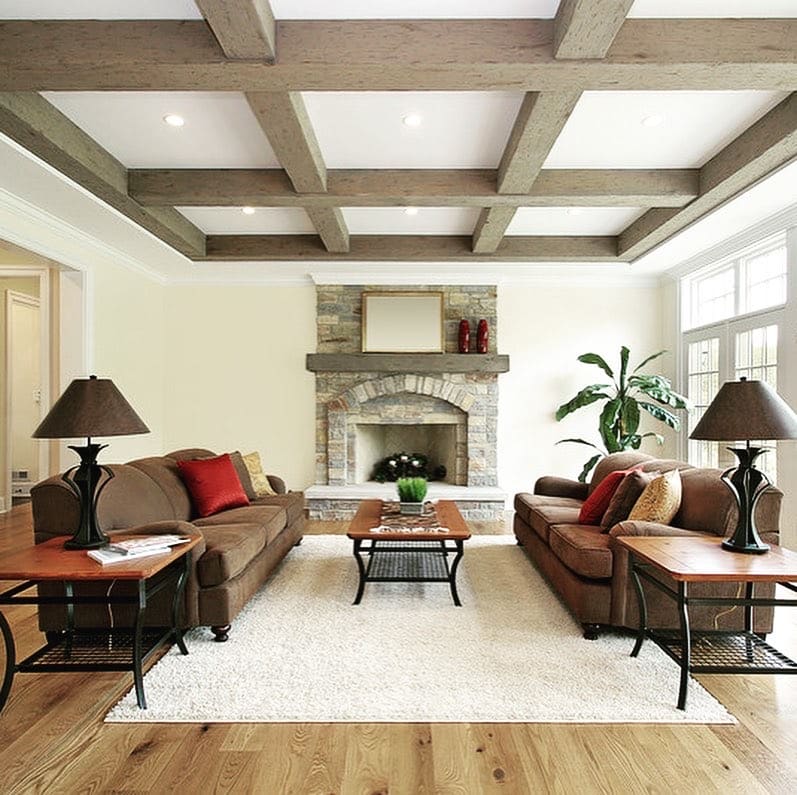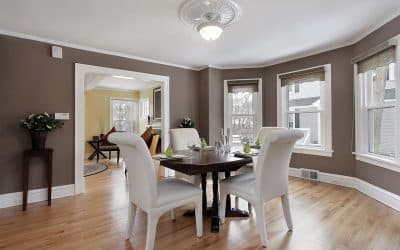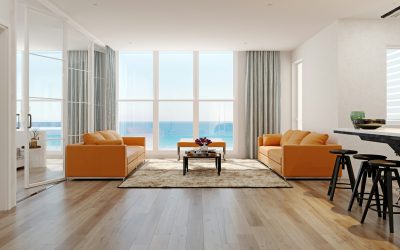1. Introduction
1.1. Importance of Choosing the Right Flooring
Selecting the appropriate flooring for your home is a decision that impacts both aesthetics and functionality. The right choice can enhance your living space, increase property value, and provide long-lasting satisfaction.
1.2. Brief Overview of Engineered and Solid Hardwood
Engineered and solid hardwood are two popular flooring options, each with unique characteristics. This post will explore their differences to help you make an informed decision.
2. What is Solid Hardwood?
2.1. Definition and Key Features
Solid hardwood flooring consists of single pieces of wood, typically 3/4 inch thick. It’s known for its authenticity and natural beauty.
2.2. Common Types of Wood Used
- Oak
- Maple
- Cherry
- Walnut
- Hickory
3. What is Engineered Hardwood?
3.1. Definition and Key Features
Engineered hardwood is composed of multiple layers, with a top layer of real hardwood veneer over a plywood or high-density fiberboard core.
3.2. Common Types of Wood and Layers
- Top layer: Oak, Maple, Walnut
- Core layers: Plywood or HDF
4. Price Comparison
4.1. Initial Costs
Solid hardwood generally costs more upfront than engineered options. However, prices can vary based on wood species and quality.
4.2. Long-term Investment
While solid hardwood has a higher initial cost, it can be refinished multiple times, potentially lasting longer than engineered hardwood.
5. Durability and Longevity
5.1. Solid Hardwood Durability
Solid hardwood can last for generations with proper care and maintenance. It’s susceptible to scratches but can be sanded and refinished multiple times.
5.2. Engineered Hardwood Durability
Engineered hardwood is generally more resistant to moisture and temperature changes. However, it can only be refinished a limited number of times due to its thinner top layer.
6. Installation Process
6.1. Installing Solid Hardwood
Solid hardwood typically requires professional installation. It’s usually nailed or stapled to a wooden subfloor.
6.2. Installing Engineered Hardwood
Engineered hardwood offers more flexibility in installation. It can be glued down, nailed, or even installed as a floating floor in some cases.
7. Moisture Resistance
7.1. Comparing Moisture Handling
Engineered hardwood generally handles moisture better than solid hardwood due to its layered construction.
7.2. Best Rooms for Each Type
- Solid Hardwood: Living rooms, bedrooms, dining rooms
- Engineered Hardwood: Basements, kitchens, bathrooms (with caution)
8. Maintenance and Care
8.1. Cleaning Solid Hardwood
Regular sweeping and occasional damp mopping with a hardwood-specific cleaner is typically sufficient for solid hardwood.
8.2. Cleaning Engineered Hardwood
Engineered hardwood requires similar care to solid hardwood, but may be slightly more forgiving with moisture during cleaning.
9. Refinishing Options
9.1. Refinishing Solid Hardwood
Solid hardwood can be sanded and refinished multiple times, allowing for color changes and repair of deep scratches.
9.2. Refinishing Engineered Hardwood
Engineered hardwood can typically be refinished 1-3 times, depending on the thickness of the top layer.
10. Environmental Impact
10.1. Sustainability of Solid Hardwood
Solid hardwood is a renewable resource when sourced responsibly. Look for FSC-certified products.
10.2. Sustainability of Engineered Hardwood
Engineered hardwood uses less of the premium wood species, potentially making it a more efficient use of resources.
11. Pros and Cons Recap
11.1. Pros and Cons of Solid Hardwood
Pros:
- Long lifespan
- Can be refinished multiple times
- Adds value to homes
Cons:
- Higher initial cost
- More susceptible to moisture damage
- Requires professional installation
11.2. Pros and Cons of Engineered Hardwood
Pros:
- Better moisture resistance
- More installation options
- Often less expensive initially
Cons:
- Limited refinishing options
- May not last as long as solid hardwood
- Some types may not add as much value to a home
12. Conclusion
12.1. Summary of Key Points
Both solid and engineered hardwood have their strengths. Your choice should depend on your specific needs, budget, and the conditions of your home.
12.2. Final Recommendations
Consider solid hardwood for long-term investment in dry areas of your home. Opts for engineered hardwood in areas with moisture concerns or if you’re looking for easier installation.
13. FAQs
13.1. Common Questions Answered
- Can engineered hardwood be installed over concrete?Yes, engineered hardwood can often be installed over concrete, unlike solid hardwood.
- How long does hardwood flooring last?Solid hardwood can last 100+ years with proper care. Engineered hardwood typically lasts 20-30 years.
- Is hardwood flooring good for homes with pets?Both types can work with pets, but be prepared for potential scratches. Harder woods and those with more texture can help hide minor damage.
13.2. Additional Resources
- National Wood Flooring Association (www.nwfa.org)
- American Hardwood Information Center (www.jimmyfloorings.com)





0 Comments